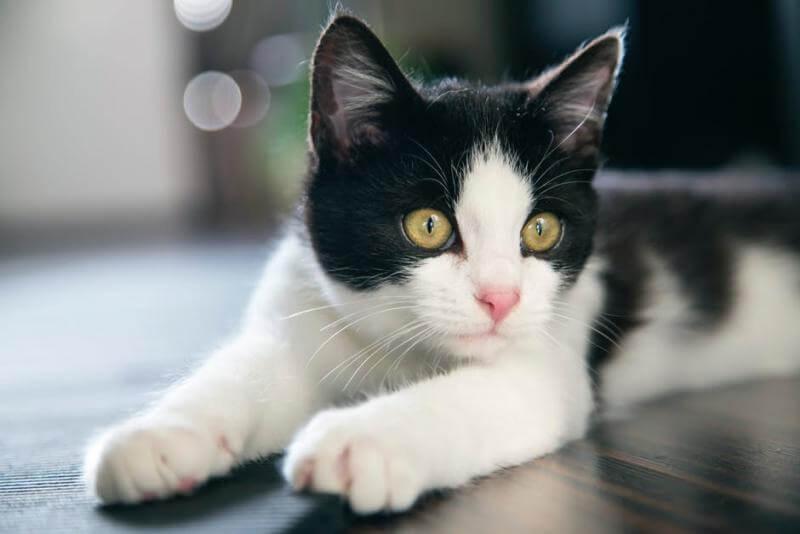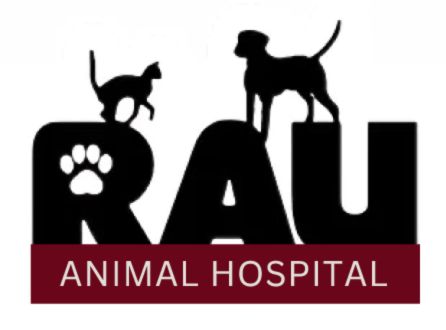
There may be a time when your cat requires a procedure or surgery for his continued health. Knowing the basics about how anesthesia is used in cat surgery and the recovery basics will help ease your mind while your cat is under our care.
Anesthesia may be deemed necessary when a procedure needs to be performed where the cat will be immobilized or if the procedure would otherwise cause pain or distress that is beyond what the cat can comfortably tolerate. We want you to feel comfortable with our hospital and staff recommendations. Anytime a cat sedative is recommended, we want to reassure you that our veterinary staff is here to answer any questions and provide any assistance that will make the procedure easier for you and your cat.
We make it our priority to ensure that your cat is in optimal health before any cat surgery is performed. Therefore, our veterinarian will always recommend some diagnostic testing before the procedure to ensure that we have a complete picture of your cat’s physical health.
Why Would Your Cat Need Anesthesia
Anesthesia is used in association with any type of procedure where the cat needs to be immobilized or during any type of surgery where the cat would otherwise feel pain. Cat sedatives allow us to keep your cat perfectly still and pain-free during the surgery. During anesthesia, your cat will be in an unconscious state and will not feel any discomfort.
What To Expect The Day Your Cat Receives Anesthesia
You will receive specific instructions from your veterinarian before your cat receives anesthesia or undergoes any surgical procedure. We will discuss any risks of anesthesia with you. Here are some things to keep in mind as you arrive with your cat for the surgery:
- Fasting is recommended the night before any cat sedatives are administered. No food after midnight.
- Depending on the type of procedure and your cat’s condition, our veterinarian may recommend additional prescription pain medications while your cat recovers.
- Ask any questions you may have and our veterinary staff will provide answers and help to ease your mind before or after the cat surgery is performed.
Monitoring Anesthetized Cats
Our veterinary surgical team will monitor your cat very carefully during and after the surgery and throughout the time they are under the influence of a cat sedative. After your cat comes out of surgery, our veterinary staff will:
- Monitor your cat’s heart rate, body temperature, blood pressure, oxygen levels, and carbon dioxide output levels
- Keep an IV catheter in place to provide fluid support should there be any fluctuations in blood pressure
- Make sure your cat is breathing well and resting comfortably
*The risks of cat anesthesia are very low with proper monitoring.
What To Expect As Cats Come Out Of Anesthesia
The veterinary team at Rau Animal Hospital will continue to monitor your cat’s vital signs, heart rate, and blood pressure as it comes out of surgery, awakens from any cat sedatives used, and until your cat is ready to return home. Your cat may need pain medication for several days, and you will receive specific instructions before your cat is released. Some cats may not regain their appetite until the next day. Always follow all instructions given to you by our veterinary team to ensure your cat’s full recovery.
